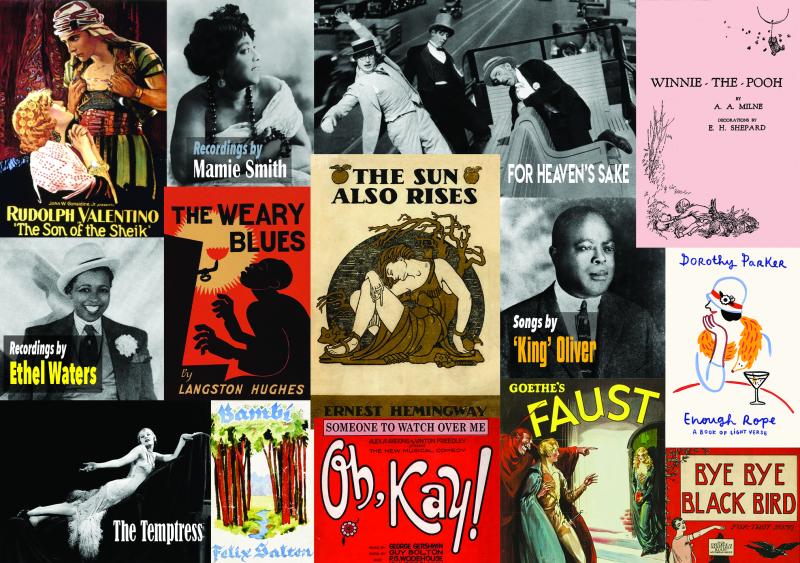
Literary aficionados and copyright buffs alike have something to celebrate as we welcome 2022: A new batch of works published in 1926 entered the public domain on January 1st. In copyright, the public domain is the commons of material that is not protected by copyright. When a work enters the public domain, anyone may do anything they want with the work, including activities that were formerly the “exclusive right” of the copyright holder like copying, sharing, and adapting the work.
Some of the more recognizable books entering the public domain this year include:
- Ernest Hemingway’s The Sun Also Rises
- A.A. Milne’s Winnie-the-Pooh
- Langston Hughes’s The Weary Blues
- Dorothy Parker’s Enough Rope
- William Faulkner’s Soldiers’ Pay
- Felix Salten’s Bambi
Copyright owners of works first published in the United States in 1926 needed to renew the work’s copyright in order to extend the original 28-year copyright term. Initially, the renewal term also lasted for 28 years, but over time the renewal term was extended to give the copyright holder an additional 67 years, for a total term of 95 years. This means that works that were first published in the United States in 1926—provided they were published with a copyright notice, were properly registered, and had their copyright renewed—are protected through the end of 2021.
Once in the public domain, works can be made freely available. Organizations that have digitized text of these books, like Internet Archive, Google Books, and HathiTrust, can now open up unrestricted access to the full text of these works. HathiTrust alone will open up full access to more than 35,000 titles originally published in 1926. This increased access provides richer historical context for scholarly research and opportunities for students to supplement and deepen their understanding of assigned texts. And authors who care about the long-term availability of their works may also have reason to look forward to their works eventually entering the public domain: A 2013 study found that in most cases, public domain works are actually more available to readers than all but the most recently published works.
What’s more, public domain works can be adapted into new works of authorship, or “derivative works,” including by adapting printed books into audio books or by adapting classic books into interactive forms like video games. And the public domain provides opportunities to freely translate works to help fill the gap in works available to readers in their native language.
Discover more from Authors Alliance
Subscribe to get the latest posts sent to your email.
